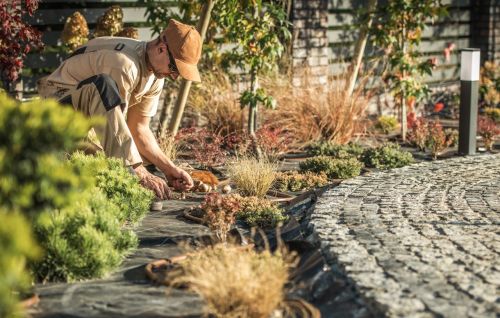With its striking colors, fast-growing nature, and climbing form, bougainvillea is one of the most eye-catching plants used in warm-climate gardens and balconies. Understanding proper bougainvillea care and propagation methods helps ensure healthy, long-lasting growth.

Bougainvillea is a flowering plant native to South America, known for its vibrant bracts (colored leaves) that surround tiny, usually white flowers. It has a climbing structure, often used in garden fencing, pergolas, or balcony railings.
Wide range of colors: pink, purple, red, white, orange
Sun-loving: thrives in full sunlight
Climbing habit: perfect for trellises or pergola installations
Drought-resistant: requires minimal watering once established
Needs at least 5–6 hours of direct sunlight daily for abundant blooming.
Well-draining, slightly acidic soil is ideal. Avoid heavy, water-retentive soil.
Allow soil to dry between waterings. Overwatering can lead to root rot.
Prune after flowering to encourage new growth and maintain shape.
Bougainvillea is most commonly propagated via stem cuttings. Here's a step-by-step guide:
Select a Healthy Stem
Choose a semi-woody, disease-free stem in early spring or summer.
Cut & Prepare
Take a 15–20 cm cutting, remove the lower leaves.
Rooting Hormone (Optional)
Dip the cut end in rooting hormone for faster results.
Planting
Place the cutting in moist, well-draining soil. Keep it consistently damp.
Environment
Store in bright but indirect light. Avoid direct sun during the early rooting phase.
Roots typically form within 3–6 weeks. Once rooted, the cutting can be transplanted.
Bougainvillea’s climbing nature makes it ideal for decorating fences, pergolas, and balconies.
Its cascading blooms create a natural, colorful curtain.
Looking to enhance your outdoor space? Explore pergola installation ideas with bougainvillea vines.
Bougainvillea symbolizes enduring love, freedom, creativity, and vibrancy.
Its meaning also varies by color:
Pink: Friendship and affection
Purple: Imagination and transformation
White: Purity and simplicity
Red: Passion and deep love
The flower was named after French explorer Louis Antoine de Bougainville, who brought the plant to Europe in the 18th century.
Bougainvillea is an ideal plant for those looking to add vibrancy and structure to their gardens or outdoor walls. With low maintenance needs and beautiful climbing blooms, it’s beginner-friendly and a true eye-catcher.
For more garden inspiration, plant care guides, and landscape ideas, don’t forget to follow the Cem Botanik Blog!





